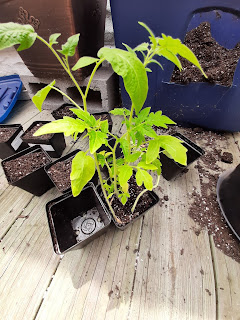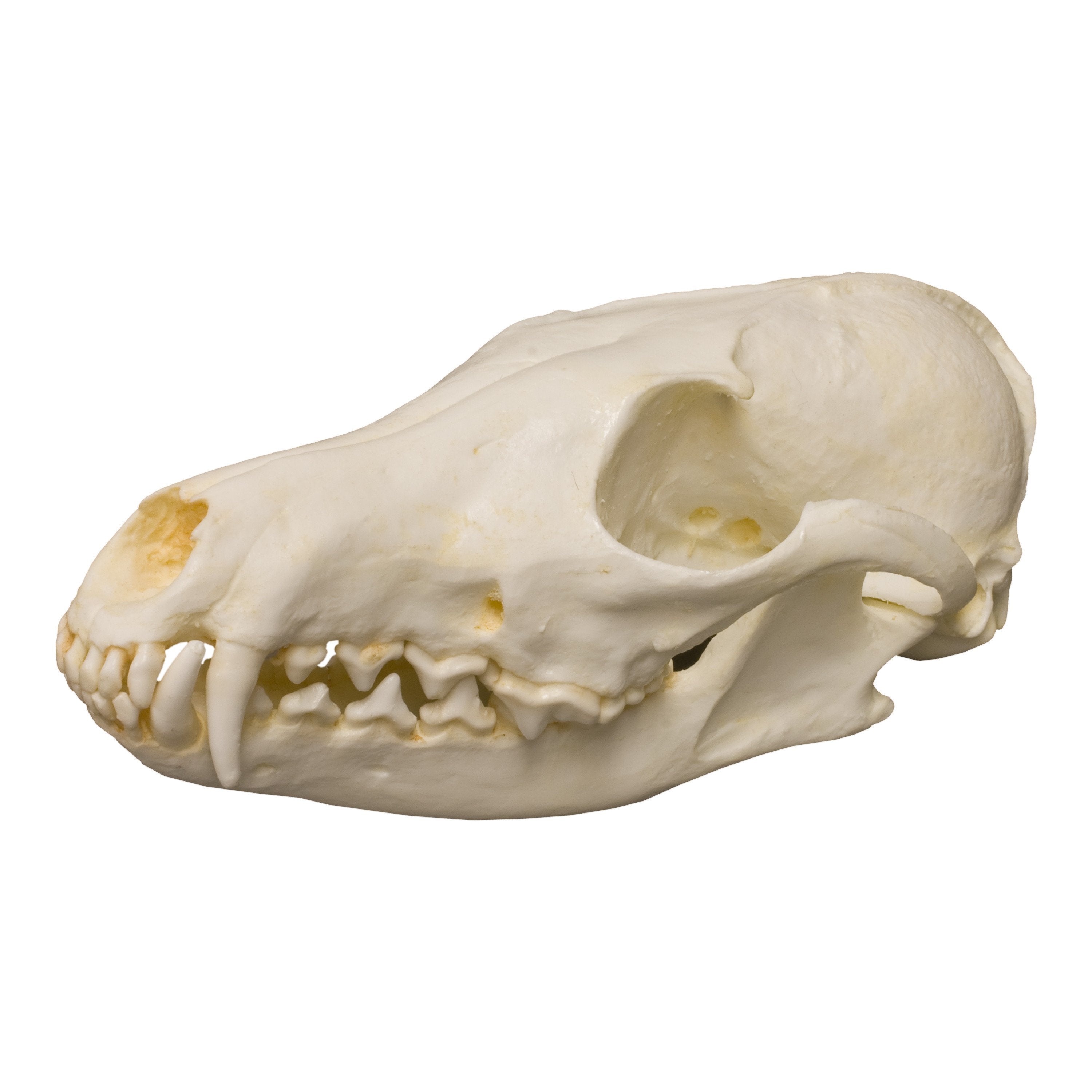In Maryland, it's time to get out and plant your garden! Even if you have no yard, you can plant container gardens or plant on your porch or deck.
I grew these starter plants from seeds and raised them on top of the radiator.
I planted the tomatoes in pots on the deck...
The beets I am going to plant in my City Farms garden plot. If you don't know about City Farms, the city has garden all around the city. for only $35, you can have a plot about 10' X 9' with access to garden tools, compost, manure, and wood chips.
Cucumber plants were planted in hanging baskets on the privacy fence.
In another hanging basket in the front yard on a hook, I planted native coral trumpet honeysuckle, a vine which will grow tubular flowers to attract hummingbirds and butterflies.
I bought potting soil to fill the pots, but I also use organic compost created from food scraps in a plastic tub into which I punched hole for ventilation. You can compost most vegetable scraps, fruit peels (except citrus), eggshells, coffee grounds, coffee filters. I started with a layer of newspaper, then soil, then I added scraps and red wiggler worms.
Here is a useful websites about composting....
My small front yard was mostly grass, which is not conducive to biodiversity, so I covered the border with wood chips and began planting native species into the wood chips. In the center of the yard, I am thinking of making a little pond with a solar pump.
If you want a free load of wood chips for your yard, or to share with neighbors, you can order free wood chips from … https://getchipdrop.com/signup/
Keep in mind that it may be a huge pile of chips, so be sure there is room on the street near the address you are requesting for. They don't guarantee a particular day or time, so it could arrive when you least expect it. And you can't ask for a particular amount. But it is FREE!
If you don't have a yard, you can still grow plants indoors. If you eat an avocado, you can save the pit and grow an avocado tree! Just make sure you buy organic avocadoes from California. Don't buy from Mexico. 80% of deforestation in Mexico is illegal and is done in order to grow avocados illegally. The avocados are sprayed with herbicides, fungicides, and pesticides, and they use a lot of water which is needed by the local farmers and also by native plants and animals. Most of the Mexican avocados are grown in Michoacan near Lake Zirahuen. Lake Zirahuen used to be the cleanest lake in Mexico.. Now it is polluted with runoff from the avocado orchards. Also, pesticides get into the air and poison local villagers, who then acquire kidney disease from them.
Scrub the pit, gently. Soak it in a cup of warm water overnight. Peel off the brown skin. Then, prop up the pit on the rim of a glass with three toothpicks, the flatter side of the pit facing down, and fill with water, making sure the lower third of the pit is in the water. If the glass is clear, wrap a dark paper or cloth around it. Roots don't do well in sunlight. The pit will begin to crack in half, and roots will sprout from the bottom of the pit.
Art Activity: Draw each stage of development, in pencil and/or colored pencils and/or watercolor. Science Lab: Measure the roots every day. Record on a graph. Use two pits, one (or more) in a clear glass and one (or more) in a dark glass, and see if the roots grow at a different rate.
 Avocado pit propped up in a dark cup of water with toothpicks (the sharp hard ones work best. Flat toothpicks will break when you try to push them into the pit.
Avocado pit propped up in a dark cup of water with toothpicks (the sharp hard ones work best. Flat toothpicks will break when you try to push them into the pit.
A stem has sprouted on my avocado pit! 5.11.2020
Years ago, I was plant-sitting a 4-foot-tall avocado plant for a friend, but my puppy knocked it over and tore it to shreds while I was at school!
I will give this one to her when it gets bigger, to make up for that accident 48 years ago.
You can also grow turnip greens from the top of a turnip! …
or a sweet potato.
Please post the home gardening activities you are doing, so we can all see!
5/11/2020
My grandchildren and I planted veggie seeds in our City Farms Garden. For only $35 per year, you can have a 9' X 10' plot in which to plant whatever you want. It's not too late to reserve your garden for this year. Go to... https://secure.rec1.com/MD/baltimore-md/catalog
It is so exciting to watch your garden and grow and then to pick and eat yummy vegetables from it. This surely counts towards science credits for homeschooling! The Green School of Baltimore has homework requirements for "Farm to Table" which goes perfectly with gardening!
Reading: has to be practiced in order to know what seeds you have!
This fellow invented a planting technique using his feet instead of hands!
The best part is finding worms and other insects!




























 fawn playing dead
fawn playing dead























